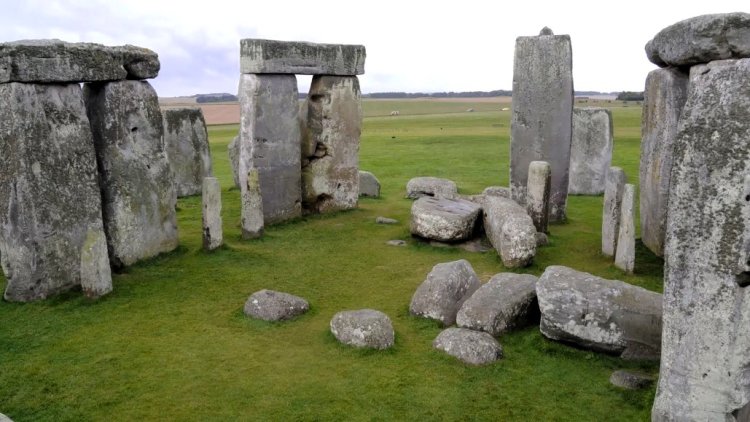Stonehenge's Altar Stone Traced to Scotland

A groundbreaking geological analysis has revealed that the Altar Stone, a central component of Stonehenge, originated from northeastern Scotland, approximately 700-750 km away from its current location. This discovery, published in the journal Nature, challenges previous beliefs about the stone's origin and highlights the extraordinary efforts of Stonehenge's creators.
The Altar Stone, a six-ton sandstone slab measuring 4.9 meters long, 1 meter wide, and 0.5 meter thick, was previously thought to have come from Wales, like other large Stonehenge components. However, researchers from Aberystwyth University, UCL, Curtin University, and the University of Adelaide found that its geochemical fingerprint matches bedrock from the Orcadian Basin region in Scotland.
The research team, led by geologist Nick Pearce of Aberystwyth University, expressed amazement at their findings. They noted that the Altar Stone must have been considered highly significant to warrant such an extraordinary effort in its transportation.
Using micro-analysis techniques, scientists examined zircon, apatite, and rutile grains in Altar Stone fragments. The zircon primarily dated to 1-2 billion years ago, while the apatite and rutile dated to about 450 million years ago. This unique age fingerprint perfectly matched the Scottish bedrock, not the previously assumed Welsh origin.
The transportation of such a massive stone over this distance suggests a remarkable degree of societal organization among Britain's Neolithic communities, challenging expectations for the time period of 4,600-2,500 years ago.
Interestingly, the Altar Stone is the only large stone at Stonehenge not part of its circular design.
Built in multiple stages over about 500 years starting around 3000 BC, the monument's exact purpose remains a mystery.















